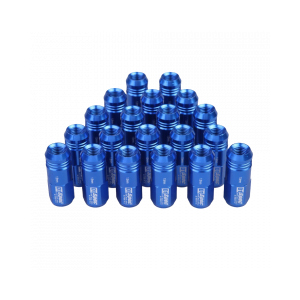Select shaft seals based on their dimensions.
 Oversized seals may lead to excessive friction, causing premature wear, while undersized seals can result in leaks and reduced system efficiency Oversized seals may lead to excessive friction, causing premature wear, while undersized seals can result in leaks and reduced system efficiency
Oversized seals may lead to excessive friction, causing premature wear, while undersized seals can result in leaks and reduced system efficiency Oversized seals may lead to excessive friction, causing premature wear, while undersized seals can result in leaks and reduced system efficiency shaft seals by size.
There are several types of shaft seals, each designed for specific sizes and applications. Lip seals, also called oil seals, are commonly used for smaller shafts in automotive and light industrial applications. They consist of a rubber-like material that forms a barrier around the shaft. On the other hand, mechanical seals, which are more complex and suitable for larger shafts, involve two mating faces that prevent leakage by maintaining contact under pressure.
Cartridge seals are another type, available in various sizes, offering the advantage of easy installation without requiring specialized tools or machining. They are often used in pumps and agitators where quick seal replacement is necessary.
In addition to size, factors such as temperature, pressure, and chemical compatibility must be considered when choosing a shaft seal. High-temperature environments may require heat-resistant materials, while harsh chemicals necessitate seals made from resistant elastomers or metal components.
In conclusion, understanding shaft seals by size is crucial for ensuring optimal performance, preventing leaks, and maintaining machinery integrity. Proper sizing not only enhances the seal's lifespan but also contributes to overall system efficiency and reliability. Engineers and maintenance professionals should always consult manufacturer specifications and industry standards to make informed decisions when selecting the right shaft seal for their application.
shaft seals by size.
There are several types of shaft seals, each designed for specific sizes and applications. Lip seals, also called oil seals, are commonly used for smaller shafts in automotive and light industrial applications. They consist of a rubber-like material that forms a barrier around the shaft. On the other hand, mechanical seals, which are more complex and suitable for larger shafts, involve two mating faces that prevent leakage by maintaining contact under pressure.
Cartridge seals are another type, available in various sizes, offering the advantage of easy installation without requiring specialized tools or machining. They are often used in pumps and agitators where quick seal replacement is necessary.
In addition to size, factors such as temperature, pressure, and chemical compatibility must be considered when choosing a shaft seal. High-temperature environments may require heat-resistant materials, while harsh chemicals necessitate seals made from resistant elastomers or metal components.
In conclusion, understanding shaft seals by size is crucial for ensuring optimal performance, preventing leaks, and maintaining machinery integrity. Proper sizing not only enhances the seal's lifespan but also contributes to overall system efficiency and reliability. Engineers and maintenance professionals should always consult manufacturer specifications and industry standards to make informed decisions when selecting the right shaft seal for their application. -
Simplifying Oil Changes: A Comprehensive Guide to Oil Drain Plugs and Their Variants
News Aug.04,2025
-
Mastering Oil Drain Maintenance: Solutions for Stripped, Worn, and Upgraded Oil Plugs
News Aug.04,2025
-
Fixing Oil Pan Plug Issues: Leaks, Stripped Nuts, and the Right Replacement Solutions
News Aug.04,2025
-
Everything You Need to Know About Oil Drain Plugs: Sizes, Fixes, and Upgrades
News Aug.04,2025
-
Choosing the Right Oil Drain Plug: A Guide to Sizes, Materials, and Drain Innovations
News Aug.04,2025
-
A Complete Guide to Automotive Drain Plugs: Types, Problems, and Innovative Solutions
News Aug.04,2025
-
The Ultimate Guide to Car Repair Kits: Tools and Essentials Every Driver Should Own
News Aug.01,2025
Products categories















